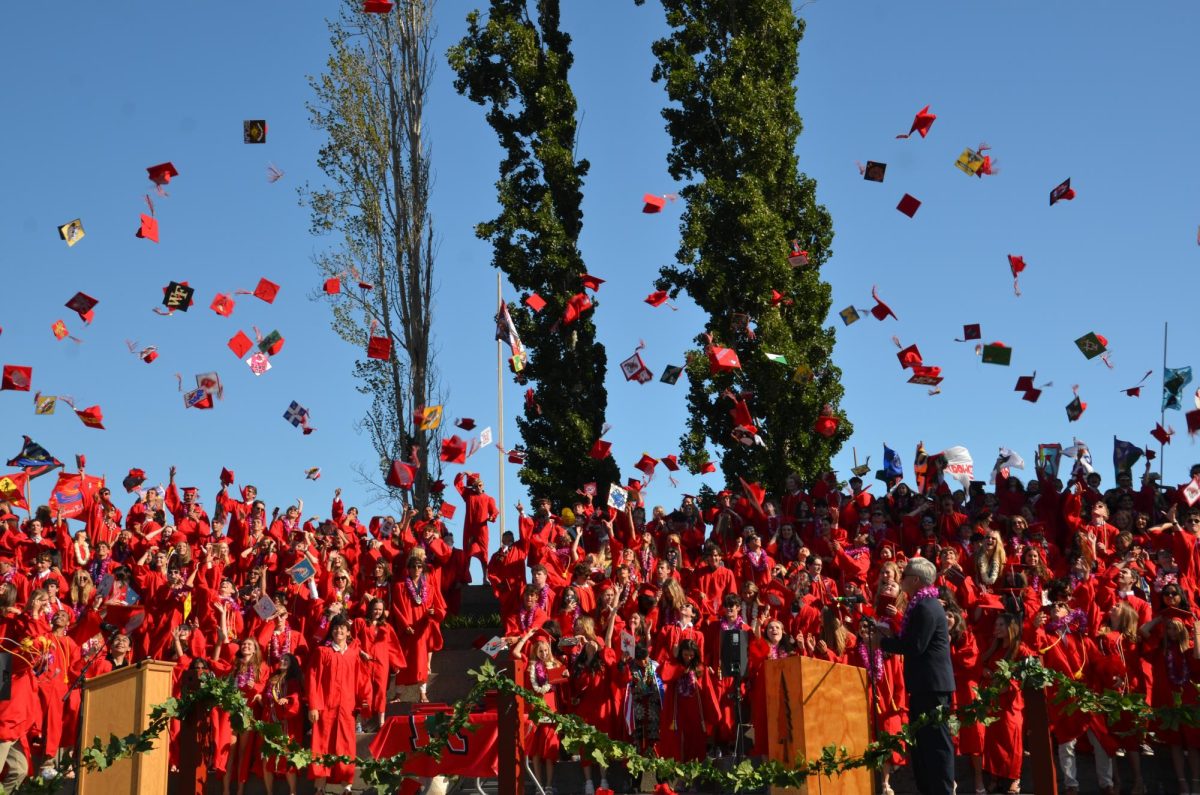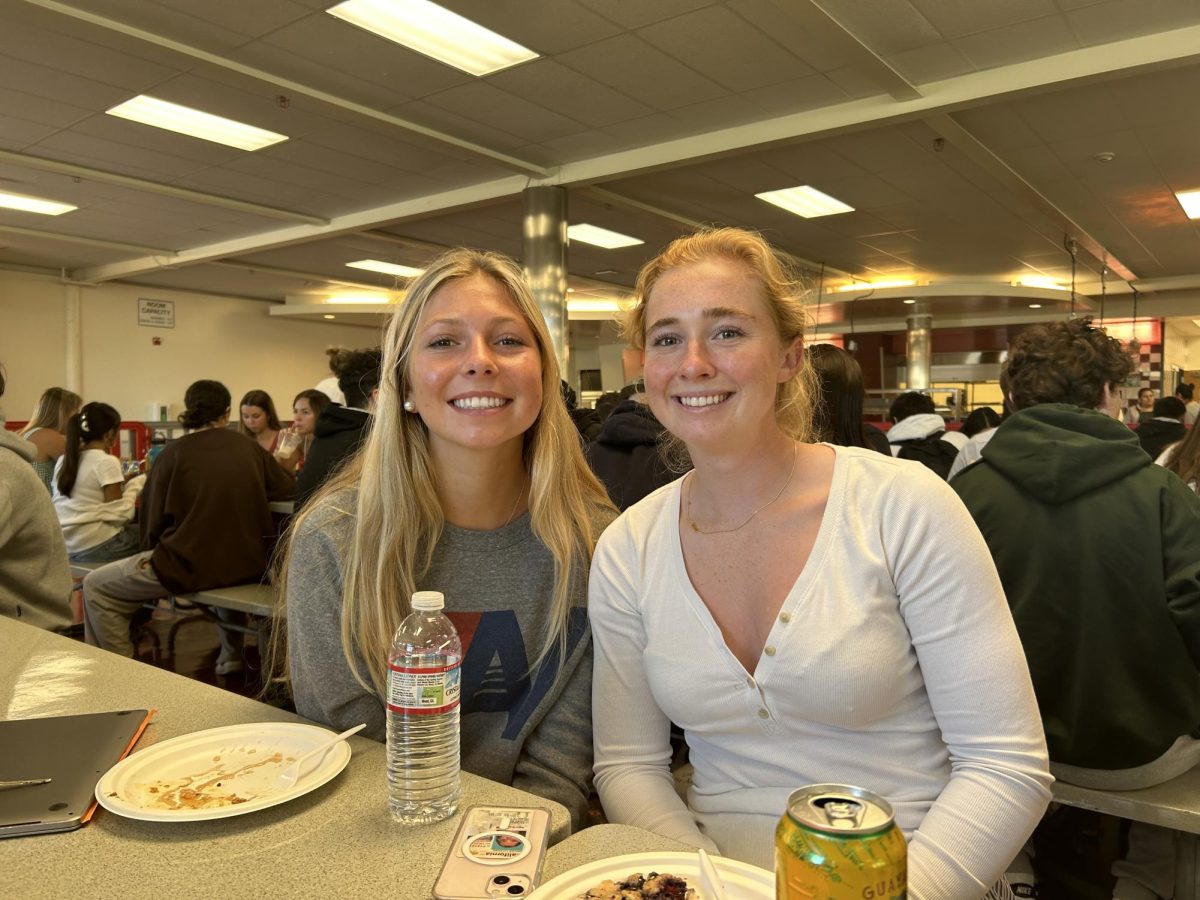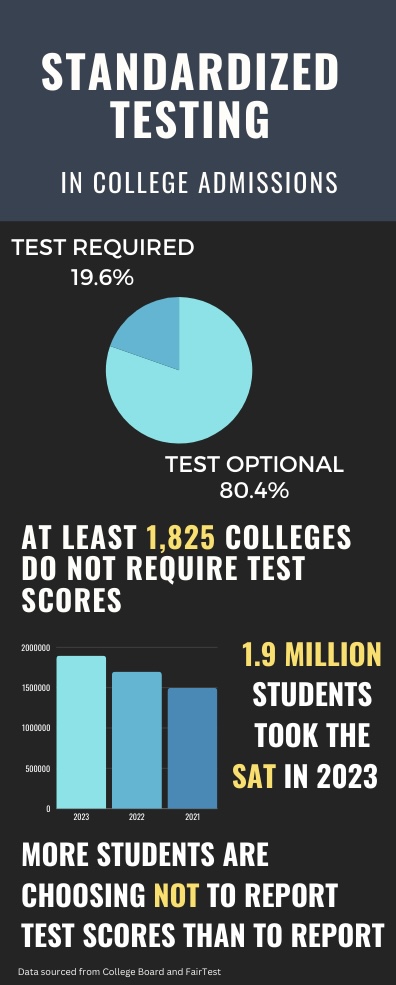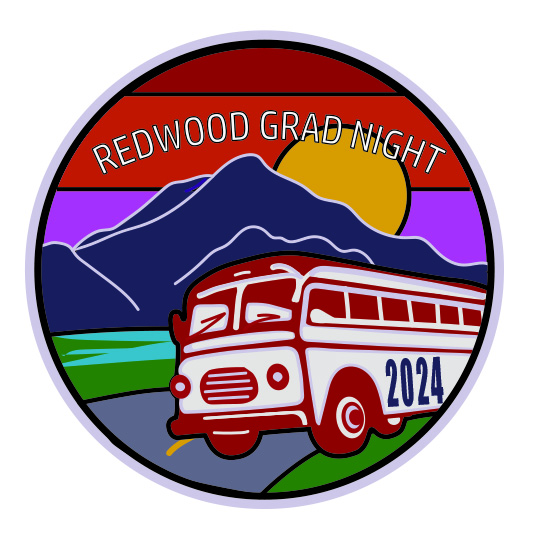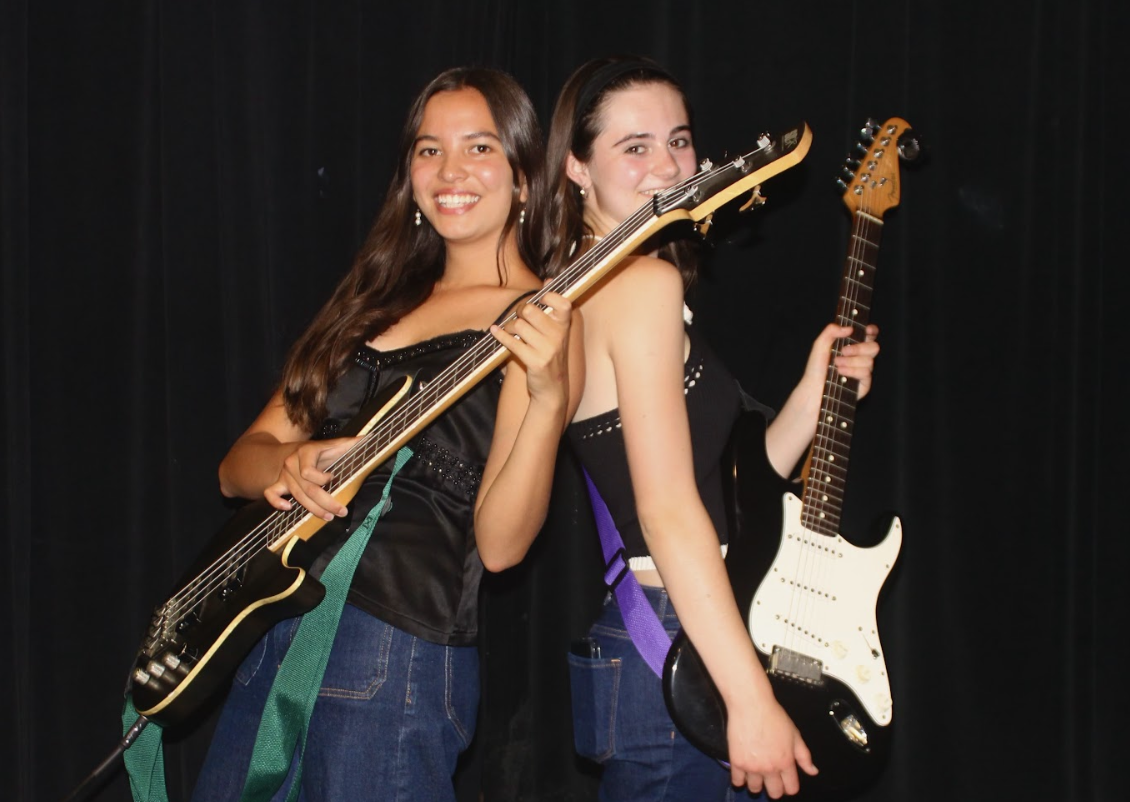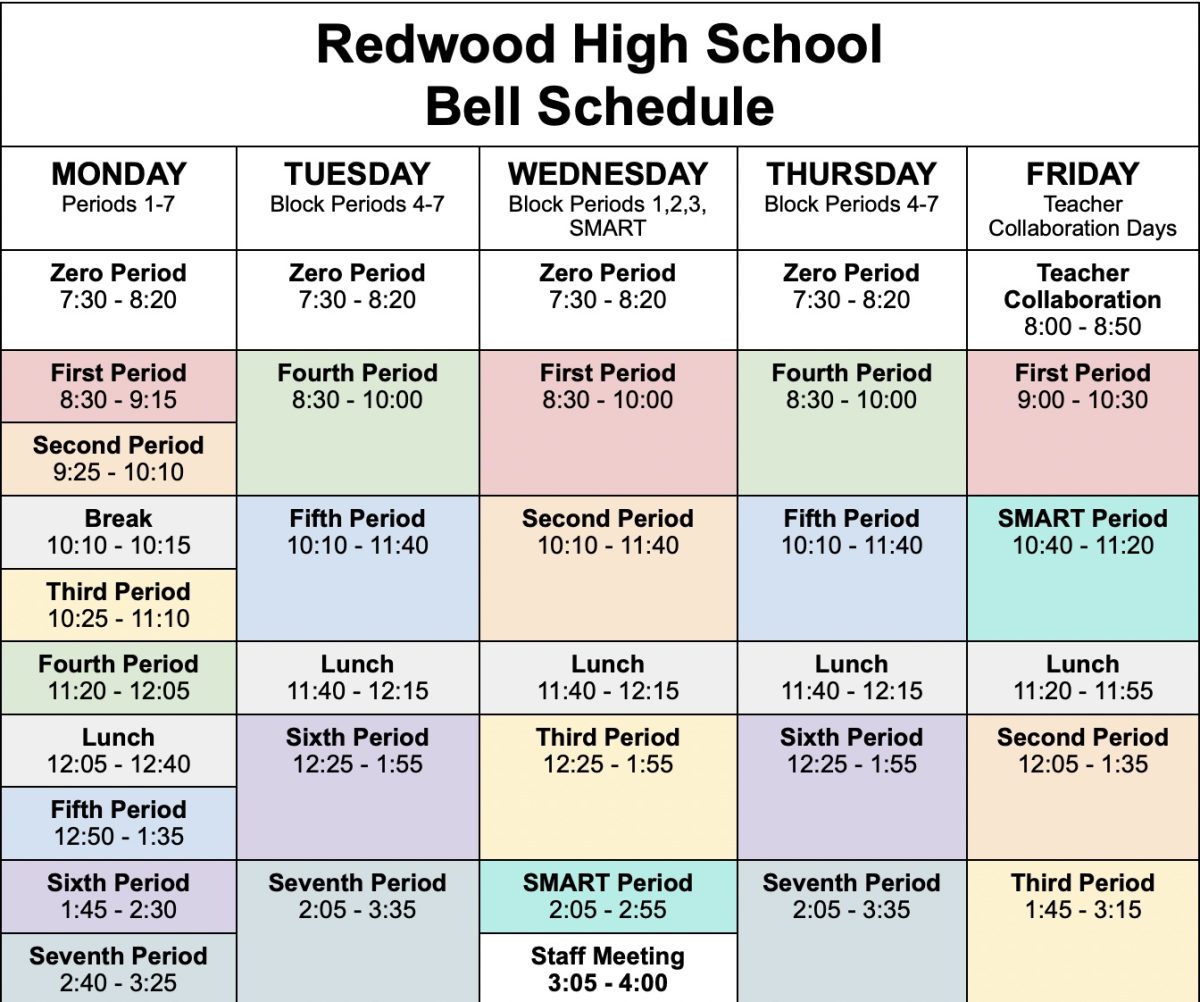Parents and students came together to celebrate the 50th anniversary of Marin Montessori school on Sept. 7.
“We’ve grown from a little place in San Rafael in 1963 with 18 children to a school that has 250 students this year and two campuses [with] toddlers through 9th graders on our two campuses.” said Jim Munger, the Head of Marin Montessori.
Marin Montessori is a pre-K to junior high school based on the Montessori method, which is said to be a more natural approach to learning.
Montessori classrooms follow the “discovery” model, where students learn concepts from working with Montessori-approved materials like botany flashcards, bow tying practice frames, puzzle maps, and peg boxes.
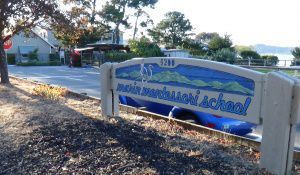
Montessori classrooms are known for mixing students from three to six year of age and letting them choose between prescribed activities with uninterrupted blocks of work time. These activities are implemented by the Association Montessori Internationale (AMI) and the American Montessori Society (AMS).
The core Montessori principles have remained consistent for over a hundred years. For example, Munger said he has not rushed his students into using technologies like the iPad in the classroom.
“I think [the Montessori method] can’t help but evolve. But I think the tension between what have been the practices and the potential for growth is a very positive one,” Munger said. “We believe that they need to write by hand, hold a book, and draw. Just the interaction with the technology is not enough—it is not experiential enough.”
Munger said that the international Montessori principle of self-correction is an important part of the method.
“[Children] learn by doing these [activities] in a repetitive way to master them. For children, particularly in their primary and elementary years, their ability to learn how to learn [using] these materials is really what learning is all about,” Munger said.
Munger said that Montessori schools provides a good segue into the public education system despite their differing methods.
“[The students] are thriving. When I ask them why, they say ‘I know how to work with my teachers, I’m not afraid of asking questions, I know how to figure out what I need to learn,’” Munger said. “They have these tools, they are motivated, and they haven’t had their love of learning blocked. They put themselves to work. If [public school] is different, they figure it out.”







